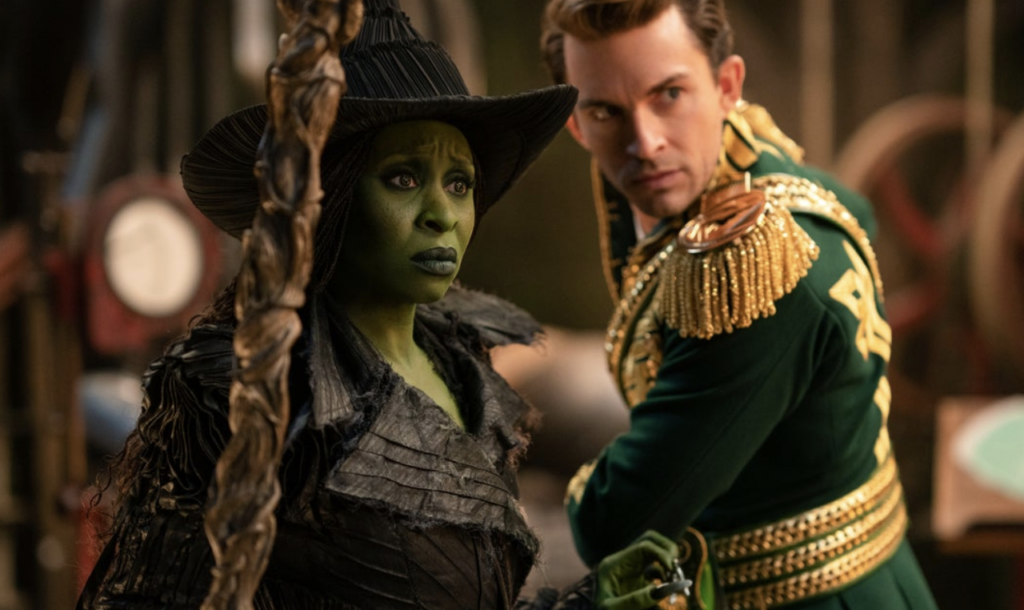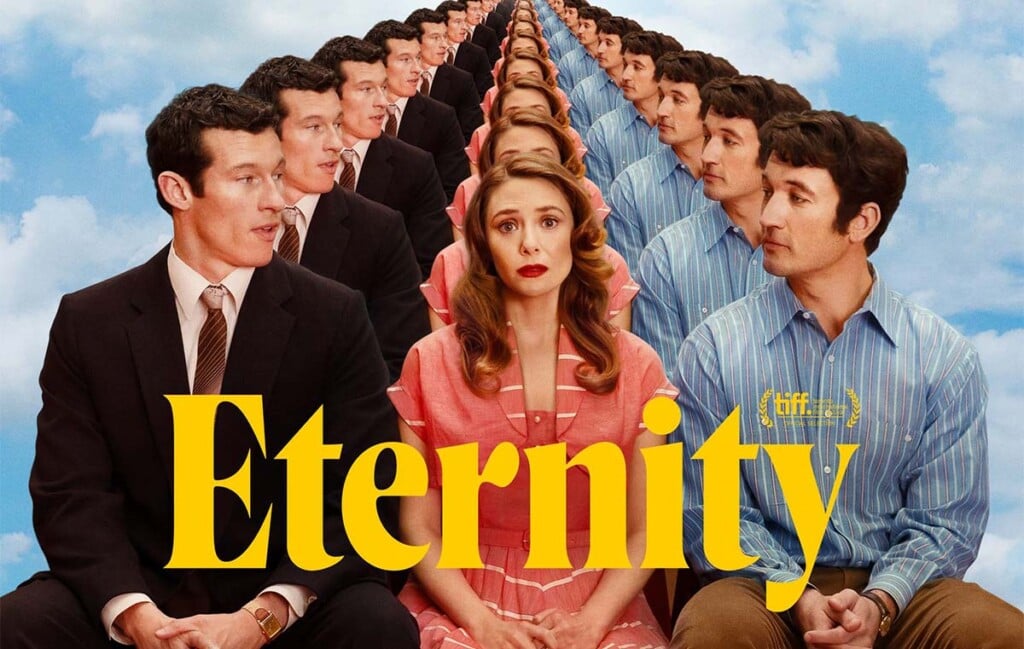Benny Safdie’s unconventional biopic The Smashing Machine can’t choose which punch to land
Safdie treats Kerr’s journey like a kid at an all-you-can-eat buffet—putting bits of everything onto the plate—too enamored with each individual element to consider taking some stuff off.
Benny Safdie was never going to make a conventional sports biopic. If you’re familiar with his work with his brother Josh — or at the very least, if you’ve seen Uncut Gems — you know his work is observational, scrappy and grimy. The Safdies’ films together owe more to the raw, performance-centric work of filmmakers like John Cassavetes and the “fun city” era of New York filmmaking (movies like The Panic in Needle Park, Dog Day Afternoon and The Taking of Pelham One Two Three) than to feel-good prestige flicks.
All that to say, while The Smashing Machine, about UFC pioneer Mark Kerr, has bits of Rocky and bits of Raging Bull in its DNA, it’s less interested in a traditional sports movie trajectory.
The question is whether it’s interested in any kind of trajectory at all. Safdie’s seeming goal of watching a guy who’s used to endless wins figure out how to get down off the mountain of success is a noble one, but it lacks focus.
The first time we see Kerr (Dwayne Johnson), it’s 1997, and he’s systematically dominating a series of competitors at a fighting championship in Brazil in his professional debut. We hear him in voiceover describing that event to a journalist, talking about the intoxicating high of winning over and over again.
Two years later, Kerr is at the height of his powers, fighting for an upstart Japanese UFC league, hooked on opioids and in a volatile (but mostly happy) relationship with long-time girlfriend Dawn (Emily Blunt).
Over the next two hours, we’ll see Mark lose for the first time, overcome addiction, re-train under the tutelage of mixed martial arts/YouTube legend Bas Rutten (playing himself!) and enter the ring once again, fighting for a championship title against his best friend and former trainer Mark Coleman (Ryan Bader). There are moments of surprising drama and grace along the way, but Safdie’s ultimate goal isn’t clear enough to make any of these threads stand out as much as they should.
From a technical standpoint, The Smashing Machine works exactly as it should — the cinematography from repeat Safdie collaborator Maceo Bishop has a documentary-esque, handheld immediacy. The moody score by experimental jazz musician Nala Sinephro flirts with orchestral grandeur, but primarily stays spare and melancholy. One moment in particular, where Kerr and Coleman each wordlessly reckon with the weight of their respective legacies, changing stations and changing friendship to the Cleaners From Venus song “Corridor of Dreams” is lovely and honest in its simplicity. 
The performances, too, are impressive. Johnson, as Kerr, ends up creating a kind of meta-commentary on his own persona, injecting Kerr with his own natural charm. That charm increasingly masks the fact that there’s not much going on beneath the surface other than a desire to keep winning (take from that what you will, I think it’s kind of fascinating). Johnson’s interactions with Bader and Rutten — all professional fighters playing professional fighters — feel like they’re connecting on a deeper level.
Blunt, unfortunately, is poorly served by a role that doesn’t ever transcend sports girlfriend stereotypes.
The trouble is that Safdie’s script doesn’t develop its supporting characters to the same level it develops Kerr. The closest we get to knowing a character outside of him is Blunt’s Dawn, but when she drops out for a significant portion of the film, the building volatility of their relationship is lost.
The film’s most interesting dynamic is the one between Kerr and Coleman. There’s a lot to explore as that relationship evolves, and a lot of implied history that would be interesting to plumb. But as Coleman (who also has a wife and kids we barely meet) re-enters the octagon as a competitor, Safdie ditches him for large chunks of the film, too. It’s a missed opportunity to dig into a complex parallel journey, one that could’ve provided the film with a much-needed framework.
Safdie wrote, directed, edited and produced The Smashing Machine, so it’s clear he’s compelled by this story. It’s likewise clear that the elements within Kerr’s story have inherent dramatic value. The trouble is that Safdie treats Kerr’s journey like a kid at an all-you-can-eat buffet—putting bits of everything onto the plate—too enamored with each individual element to consider taking some stuff off.
As a result, The Smashing Machine doesn’t give us enough of a reason to be invested over the long haul, because it never invests enough in any one thing. In trying to observe as much as possible, the film ends up giving us almost no insight at all.






